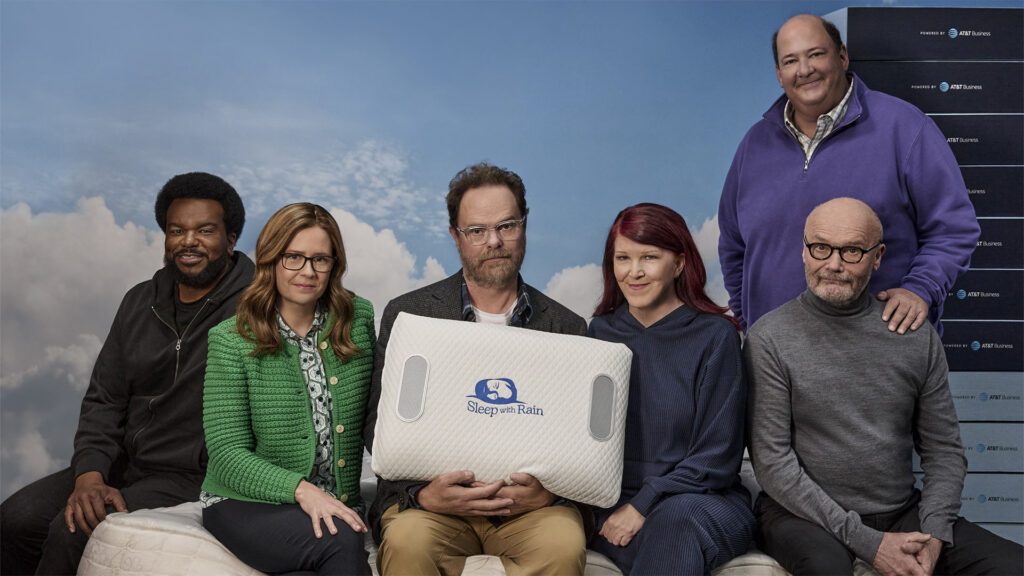Graham, who spent 7 years at Choice Hotels International, said people are looking for new ways to interact with her brand, which sells 3,000 kinds of beer, 8,000 kinds of wine and 5,000 kinds of spirits. The recent impact on consumer buying habits has been clear, at least in a broad sense.
“We’ve seen more units of lower-priced wines being purchased,” Graham said. “With spirits, people may be buying bigger bottles but their price per serving is going down. It’s a stock-up mentality. Customers are trying to figure out how to get more at once. Digital, of course, has had a huge rise for us. People are buying what they like and not trying new things.”
To adapt, Total Wine has essentially set out to replicate its in-store experience online, Graham said, with things like product recommendations. “We are trying to create an experience where shoppers can shop the way they want.”
The radical change of the COVID era has impacted Total Wine in three major ways, according to Graham. “First, we are placing more value around our digital customers. Who are they and how valuable are they to us? Second, a focus on digital media and paid media–paid search, paid social and display–and how to measure it. Third, bridging the gap between digital data and CRM data and then linking the two. These customers may be increasing digital sales for us but they may still be shopping in the store.”
Marketing mix modeling
With consumer behavior changing swiftly and in some cases radically, you can forgive Graham and her team for having to reinvent the wheel a bit in order to identify patterns. “Predictive modeling is thrown out of the window,” she said. “We are focusing on the now–on what’s happening with the way customers are interacting with us now–and looking at how it compares to last year. We are making sure that when we have something new to offer, we are measuring it and tracking how the customers are using it.”

Adding complexity is the fact that states have widely differing laws and regulations regarding the sale of alcohol right now. “Stay-at-home orders had different timing. Some states have closed stores. Some customers have more in-store than others based on markets.” As a result, Graham says, Total Wine has been forced to view data sets on an individual market level.
“Now more than ever, we’ve been able to put our expertise to work and make inferences about how customer behavior is changing. We may not always be right but we are certainly sparking the right conversations.”
Challenges and Opportunities
At a store level as well as in a broader organizational sense, Total Wine is both facing major challenges and embracing new opportunities, Graham says. “Our biggest challenge has been that customers can’t have in-store interactions with our employees who know so much about our products. You know, you come into the store and say, ‘I need a $40 Cabernet for a team member’s cousin.’ They always have an answer for you and give you options. The hardest part is that that experience now has to be separated and, in some cases, fully mimicked.”
The unexpected benefit of this period? “We introduced a lot of people to our digital presence who didn’t know about it before. Our job going forward will be to keep them engaged in a meaningful way.” To do so, messaging will be key, she says. “My biggest takeaway right now is to be flexible. Perfect is the enemy of good.”



